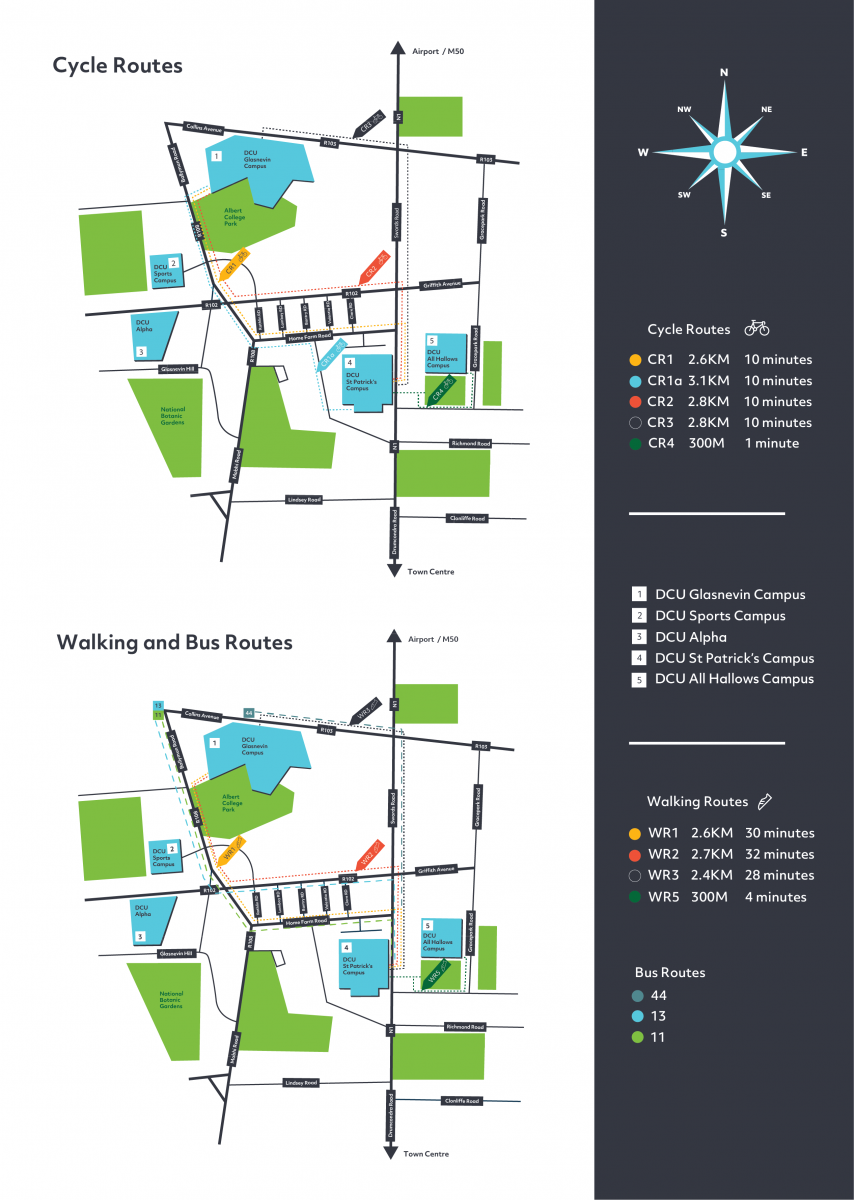LEGALLY BINDING DOCUMENT United States of America All citizens and residents are hereby advised that this is a legally binding document duly incorporated by reference and that failure to comply with such requirements as hereby detailed within may subject you to criminal or civil penalties under the law. Internet Archive BookReader ICC IBC (2006): International Building Code Internet Archive. Internet Archive.
State to State Adoption
Each state adopts model codes published by the International Code Council (ICC). These provide the basis for a jurisdiction’s Construction Codes.
Each jurisdiction (state, county, or city) typically modifies the model Construction Codes. Make sure to refer to the governing body to determine how the model code is modified. You are required to comply with the strictest provisions.

While some states provide integrated codes such as the California codes and the New York City building codes, these are not available in all cases. Where these are not provided, UpCodes has integrated the local amendments in jurisdiction like Pennsylvania and New York State.
Find code adoptions by state here.International Codes (I-Codes)
Every three years the ICC works to publish a new set of I-Codes that can be adopted and modified by each state.
The Construction Codes for each jurisdiction will be selected from this set of publications. Most states follow a three-year code adoption cycle in order to keep up-to-date with the ICC revision process.
International Building Code
International Residential Code
International Fire Code
International Building Code 2006 Free Download Pc
International Existing Building Code
International Energy Conservation Code
International Mechanical Code
International Plumbing Code
International Building Code 2006 Edition

Fire Protection Codes/ Life Safety
The National Fire Protection Agency (NFPA) does not indicate where systems are required but rather provides guidance on the design of the system.
The I-Codes may indicate your project is required to have a sprinkler system throughout the building. The I-Codes do not indicate exactly how the sprinkler system must be designed. However, the I-Codes adopt NFPA 13, Standard for the Installation of Sprinkler Systems which provides you with the requirements on sprinkler head spacing, sprinkler type, location, etc. This is also typical to other systems such as fire alarms.
Accessibility Compliance
Every new building and even existing buildings must be designed to accommodate handicapped patrons. The most common requirements are defined in the 2010 ADA Standards for Accessible Design and ICC ANSI A117.1, Accessible and Usable Buildings and Facilities.
The 2010 ADA Standards for Accessible Design is broken down into two applicable sections, Title II and Title III. Title II is applicable to State and Local Government Facilities while Title III is applicable to Public Accommodations and Commercial Facilities.
The ICC ANSI A117.1 document is adopted and modified by the I-Codes and is applicable to sites, facilities, buildings and elements required to be accessible. Not all jurisdictions adopt ICC ANSI A117.1 and some jurisdictions have their own accessibility code (i.e., Florida). Therefore, it is important to determine the application of each document based on the project scope and location.
It should also be noted that if the project facility is federally funded or a federal facility the application of the Architectural Barriers Act (ABA) and The Uniform Federal Accessibility Standards (UFAS) must be researched and determined for application.